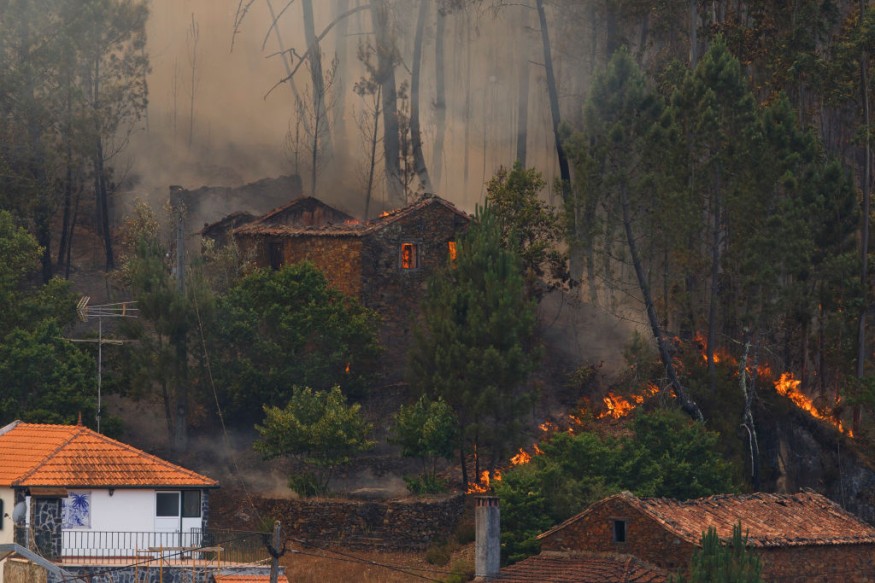
Researchers believe there are several extremely tough microbes around nowadays that are capable of surviving in outer space even down below, however a species of germs found in a latest research is perhaps the greatest and remarkably resilient hitherto.
How Microbes Survive in Megafires
The study shows fungus and microorganisms which not merely persisted, however flourished, as a byproduct of the 2016 Soberanes megafire in California's redwood tanoak woods. Determining just why this occurs might improve rehabilitation activities in areas devastated by catastrophes, as per ScienceAlert.
Experts are now conducting additional investigation found that the microorganisms that could survive and thrive are biologically related, which must provide greater insight into why certain living creatures are capable of surviving the fire.
While according to University of California, Riverside microbiologist Sydney Glassman, the organisms possess responsive features which enable organisms to behave to wildfire, and this increases the potential to anticipate which bacteria would engage, whether favorably or adversely, to occurrences such as this.
The specimens were from patches created by experts in the mid-2000s to monitor the epidemic of unexpected oak mortality; the materials were initially gathered in 2013, and their composition were examined with those taken shortly following the wildfire in 2016. Because the blaze didn't seem to harm all the existing patches, the researchers had exposure to an organic material experimental area for evaluation.
The study which is posted under the journal of Molecular Ecology disclosed that the fungal population diversity dropped by up to 70% altogether, whereas bacillus strains dropped by up to 52% per specimen. However, other strains of bacteria, such as Actinobacteria, which aids in vegetation decomposition and Firmicutes which aids in crop development and regulates phytopathogens, thrived.
In terms of fungi, the heat-resistant Basidioascus fungus witnessed a significant rise. The yeast destroys different timber elements, notably lignin. Penicillium is yet another species that fared well in the blaze, and the group of investigators has become eager to learn how such distinct microorganisms multiplied in abundance. Various sorts of microorganisms are believed to have utilized various ways.
Penicillium is most likely availing opportunity of nutrients supplied by necromass, or 'fallen corpses,' and certain organisms may even be equipped to consume charcoal.
Also read : Measles! Nearly 80% of the World Faces Outbreak
Examination on Microbes that flourished amid Wildfires
Megafires, which is the word employed to identify extremely important, wild fires that have become increasingly ferocious and span a huge section in recent years, are growing increasingly common as global warming raises heat and accelerates glacial melt.
Whilst forest fires are a naturally occurring phenomenon of several habitats, they were once mild and swift, aiding to renew the topsoil, clean out certain plant residues, and aid in the development of the others.
Megafires, on the other hand, cause serious environmental destruction. The 2016 Soberanes megafire, in particular, burned over 132,127 acres (53,470 hectares) of grassland.
As of now, little is understood on how sediments and their microbial community adapt to megafires, in particular since it is impossible to forecast where the embers will start and subsequently spread.
The following stage for specialists is to figure out how to use the coping mechanisms supplied by these fungus as well as microbes to rehabilitation operations - restoring woodlands back to their prior biologically diverse condition.
It's unlikely that crops would recuperate from megafires without helpful fungus that provide minerals to roots or bacterium that convert excess nitrogen compounds in post-fire topsoil. Thus, recognizing microorganisms is essential for any recovery endeavor.
© 2025 NatureWorldNews.com All rights reserved. Do not reproduce without permission.





